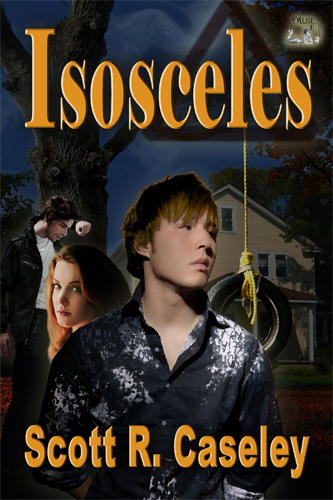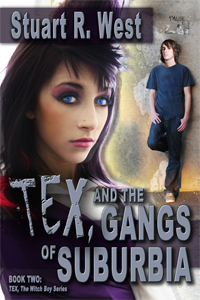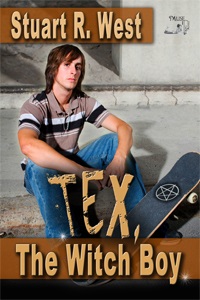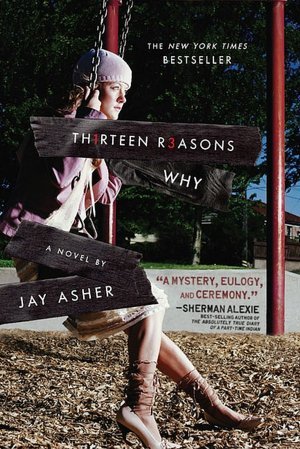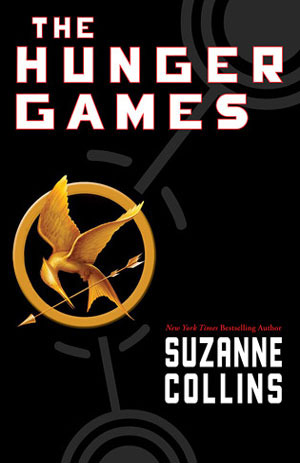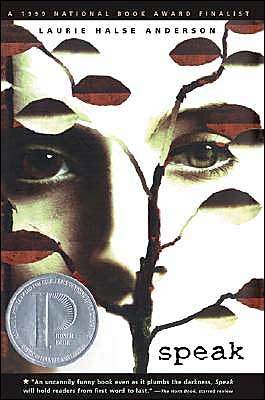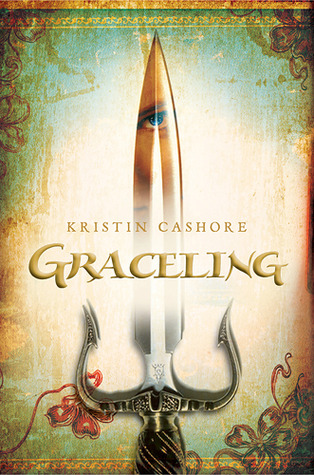There’s no shortage of strong females characters in YA, and the likes of Katniss from The Hunger Games, Tris from Divergent, and Katsa from Graceling come to mind. Strong female characters are equated with physical strength. And a physically strong character is a nice change from the damsel in distress that has been so prevalent in literature and movies.
But why stop at physical strength? Dictionary.com does have physical strength as the first definition, but definition 3 is “mentally powerful or vigorous”; definition 4 is “especially able, competent, or powerful in a specific field or respect”; and definition 5 is “of great moral power, firmness, or courage.”
I’m not the first to pose this question. An article called “I Hate Strong Female Characters” by Sophia McDougall (though more about film and TV than books) states, “No one ever asks if a male character is ‘strong’. Nor if he’s ‘feisty,’ or ‘kick-ass’ come to that.” She argues that male characters are often assumed to be strong, so there’s no need to label them as strong. The label of strong female character means that these characters are not the norm, she uses the word anomalous, meaning females are assumed to be the weaker sex.
So what does Ms. McDougall want instead of strong? She says, “I want a wealth of complex female protagonists who can be either strong or weak or both or neither, because they are more than strength or weakness.” Amen to that!
Several bloggers wrote their own posts in response to this article. YA Confidential had a roundtable discussion on the topic. A somewhat lengthy discussion, but worth the read as they cover topics from double standards, love triangles, the Harry Potter books, and George R. R. Martin’s characters. One person mentions Melina Marchetta’s Lumatere Chronicles (fabulous books b.t.w.!) and how her female characters “aren’t just strong; they have depth, emotions, motivation, feelings… they represent what actual people (women in this case) would be like.”
In a post by the YA Guy, he takes issue with Katniss “unwittingly” starting a revolution. In an astute observation about Katniss, he points out, “Strong as she is, Katniss both relies on and is manipulated by the male characters who surround her… While she’s running around kicking butt…it’s the men who are plotting behind the scenes, whether they’re coaching her through her televised interview, figuring out a strategy to survive the Games, or attempting to double-cross her. She’s strong. But they’re smart.”
Katniss’ ignorance of the stirring revolution and her role in it was the answer to the question that had been bothering me throughout the whole series. While I was reading, it was more of a feeling, and it wasn’t until I read the YA Guy’s post that I was able to put words to it.
Another post worth reading is Rebecca Rogers Maher’s “Flawed Heroines and the Likeability Standard.”
Over at YALSA‘s The Hub (article appears to no longer be available), Molly Wetta offers some alternatives to the typical “strong” female character in her post “What We Talk About When We Talk About ‘Strong’ Heroines in Young Adult Fiction.” She asks that we “celebrate the quiet(er) strength of realistic characters as well as the dramatic, death-defying strength of sci-fi, action/adventure, and fantasy heroines. Strength is more than physical prowess or fighting skills.”
During my Elixir Bound blog tour, I offered my own thoughts on strong female characters. Seems I’m preaching to the choir when I ask readers and writers to think of more than just physical strength when considering whether or not a female character is strong. Because, for me, a strong female character is one who is strong in character. Whether that be a physical strength, an emotional strength, or an intellectual strength. And hopefully we see more female characters who exhibit several types of strengths, and shows some weaknesses as well.
